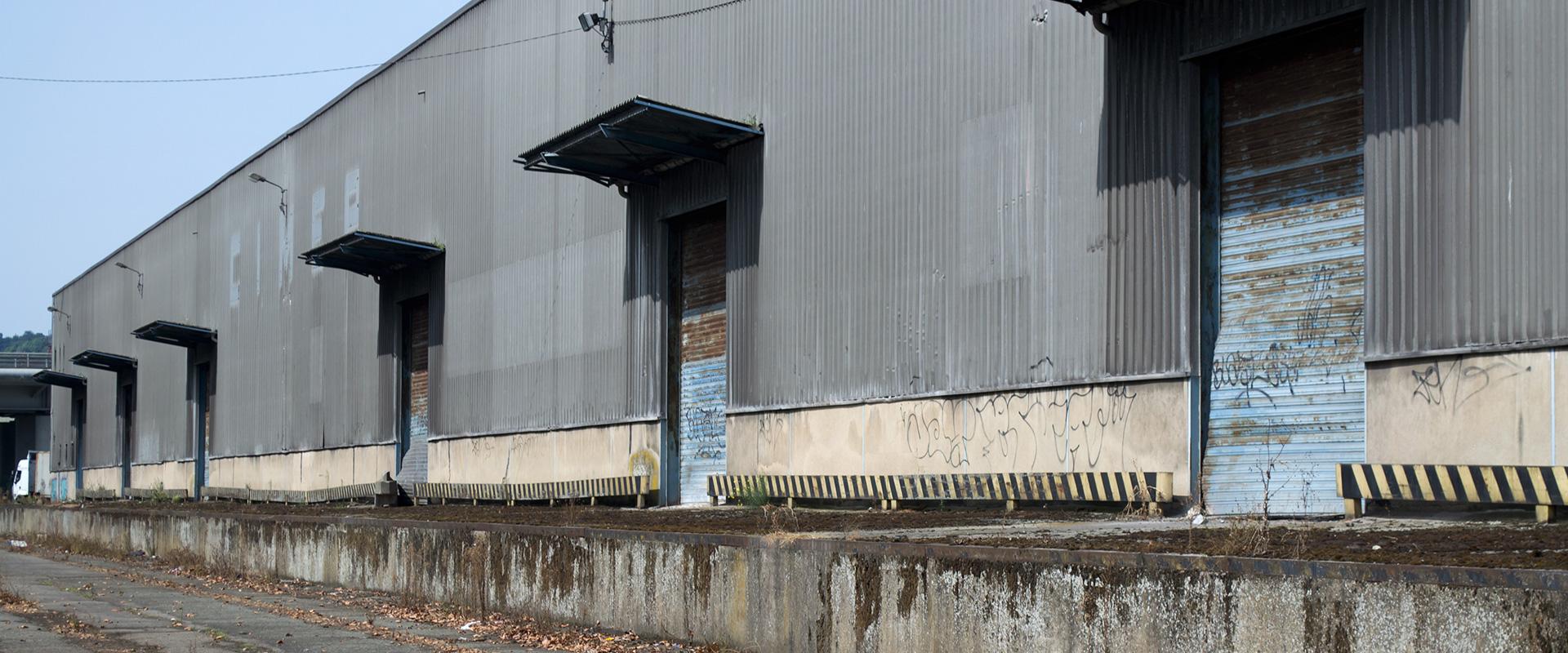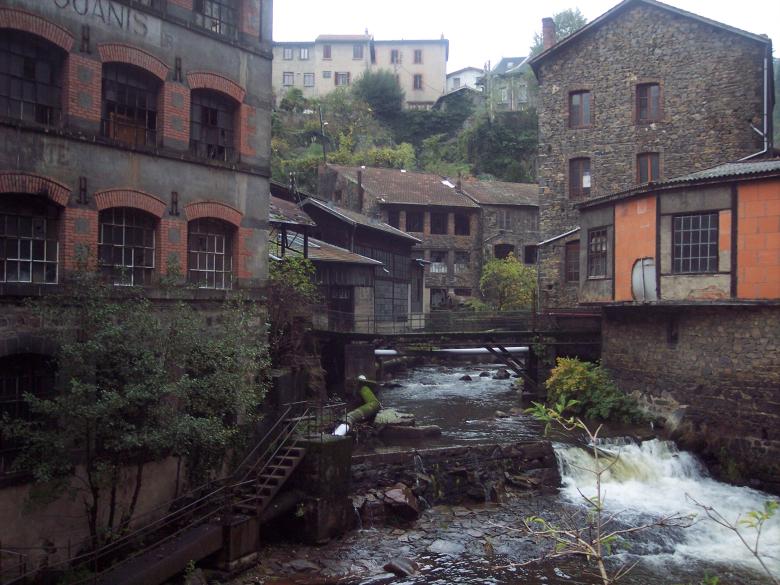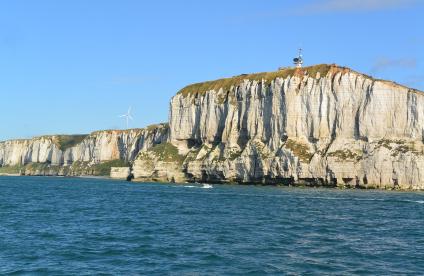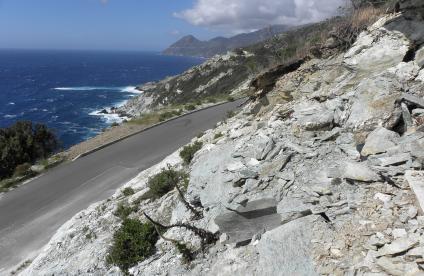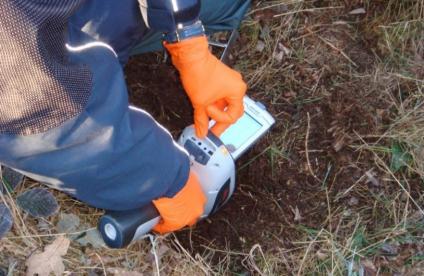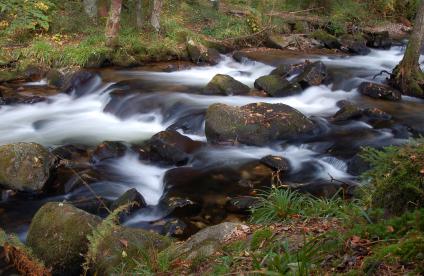Your challenges and needs
The “zero net land take” objective aims to limit human-induced changes on agricultural and natural land, and involves the densification of activities in brownfield areas. Land scarcity means that we need to reclaim vacant spaces, such as former industrial sites and contaminated wasteland. To limit further soil sealing, redevelopment projects should include provisions for rainwater management. Special precautions are still needed, however, in the context of contaminated soils and growing health and environmental concerns.
The management of contaminated land and rainwater is an essential component of such redevelopment projects. Rainwater infiltration is an appropriate option to make up for the shortcomings of traditional drainage systems as it reduces both run-off and the flow of contaminants reaching rivers and artificial environments.
The infiltration of rainwater, which is considered to be a potentially polluting/contaminating “discharge into the natural environment” according to the environmental code, must be controlled to meet the requirements of applicable regulations (Decree of 17 July 2009). These state that the infiltration of contaminants into groundwater should be avoided or reduced.
Our added value
BRGM assists project developers in assessing options for controlled rainwater infiltration to limit the risk of groundwater degradation.
It draws on its multidisciplinary expertise in the geosciences to implement a tailored action plan in the following areas:
- Identifying (potentially) contaminating substances: historic, environmental and documentary study of the site or development concession;
- Assessing the risk of contaminant discharge during infiltration: multi-scale testing of soil samples by characterising them individually or placing them in a laboratory column apparatus or even in a lysimeter;
- Investigations and predictive modelling:
- Soil samples are collected to determine their chemical and physical properties beneath the planned infiltration area to assess the contamination potential of the water likely to be seeping through it;
- Predictive modelling to assess the potential impacts of rainwater infiltration at different scales, from site through to development project.
- Recommendations for selecting the most suitable infiltration areas depending on the chemical quality and type of available soils using 3D-modelling of urban soils and subsoils and integrating environmental quality parameters;
- Formulating reactive materials to prevent the leaching of contaminants, purify seepage water and homogenise flows : innovative process to make a mix of recycled and local materials porous and permeable to additives capable of fixing a range of contaminants;
- Recommendations for monitoring the quality of groundwater: support for the monitoring of infiltration effects and the design of a monitoring network to assess the influence of rainwater infiltration on groundwater quality.
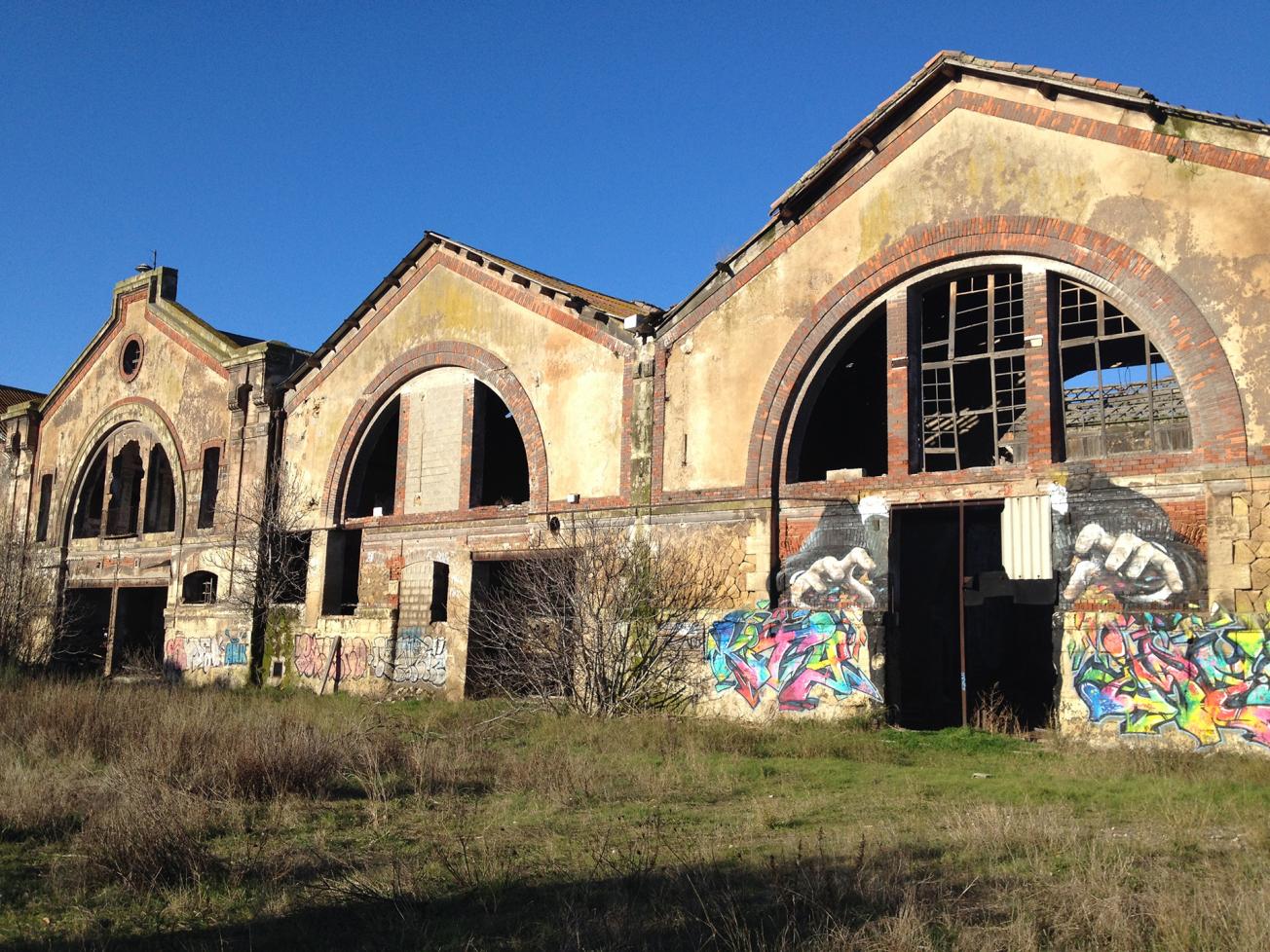
Industrial wasteland (France, 2014).
© BRGM
Analytical tools and platforms
- COFRAC accredited analytical laboratories;
- PRIME platforms for remediation and innovation in environmental metrology;
- TER'GEOPHY ground geophysics platform;
- PREMO'3D platform for predictivity and 3D geo-modelling;
- ESPERE spreadsheet for estimating the potential recharge of an aquifer through effective rainwater infiltration.
A few references
- Urban Historical Inventories;
- Soil capacity for rainwater infiltration within the Nantes Métropole area (in French) – Report BRGM/RP-65025-FR;
- Mapping of favourable and unfavourable areas for rainwater infiltration within the Rennes Métropole area (in French) – Report BRGM/RP-68599-FR.
References
Solutions


